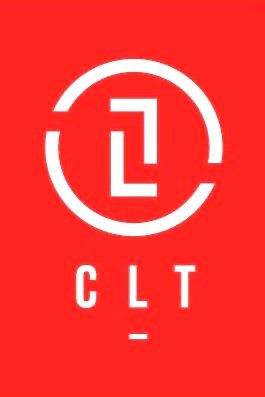One of the most common questions we, Collaborative Leadership Team, receive when coaching clients on Scrum is, “How can I best facilitate a Team during one of the Scrum Events?” While this question is being raised in a Scrum context, the ideas outlined in this blog are really applicable to successfully facilitating any meeting.
Do Your Homework: The first step in facilitating any successful Scrum ceremony is to prepare the session that you are about to facilitate. For example, if you are preparing to facilitate a Sprint Planning session, check-in with the Product Owner and ensure that he or she has updated the Product Backlog. This includes ordering items as appropriate and defining what “Done” is for Product Backlog Items that will be brought into the Sprint. Important Note: this doesn’t mean that you, as a ScrumMaster, need to do the work. It means that you need to coach the Product Owner to complete the work that the Scrum Framework requires of him or her.
As part of preparing for the ceremony, you might want to create a “Facilitator’s Agenda”. This agenda shows how you will be facilitating the ceremony, which activities you will use to help the Team achieve the goal of the ceremony, as well as the timing of each one.
Gain Consent on the Goal: Once the session begins, it’s important to not only set a goal but to also ask for consent from the participants immediately. While this recommendation may seem trite, Teams, particularly early in their adoption, can forget the goal of each event. As the ScrumMaster you are not only the facilitator, but the internal coach. You can engage the Team by reminding them of the goal, offering them an overview of the activities that you have planned to help them achieve that goal, and ask them what ground rules they would like you to enforce as the facilitator of the event.
Notice that you are offering the Team possible activities and that you are asking them which ground rules they would like you to enforce. The Team retains the right to accept or reject the activities that you are proposing as well as the right to articulate the ground rules that they would like to operate under. This freedom means that as a facilitator, you need to prepare multiple tools and have them ready in case the Team that you serve rejects your first offering.
Guide the Product Owner, Team and any other Participants: Once agreement has been reached on ground rules for the particular event, work begins on the first activity. Your job as a facilitator shifts to guiding. Ensure the following:
Is everyone participating? – If more extroverted participants are dominating the session, don’t be afraid to interrupt and engage the more introverted members. Sometimes changing your physical position in the room – walking around and moving closer to or farther away from anyone can either decrease or increase someone’s contribution.
Is everyone working towards its goal? – Sometimes participants will be actively discussing a topic that is related to the goal of the session, but is not necessary to achieve it. As a facilitator, you need to gently guide the discussion back toward its goal. Asking open-ended questions, summarizing points made and using them to tie back to the goal of the session are techniques that you can use to help re-center participants on the goal of the session if things gets off track.
Closing the Session: As the event concludes, your role as a Facilitator shifts to ensuring that everyone understands the outcome that has been reached as well as any related follow-up/action items. Closing the session allows everyone to review what has been achieved, gain clarity on next steps as well as who owns the completion of those next steps.
Taking each of these actions described in this post will improve your facilitation skills and help your Team continue to evolve, delivering working product that people want to use.
Want to learn more?
Click here to view our upcoming classes and register for our next CSM or CSPO course
Author: Collaborative Leadership Team. Learn more about our coaches and offerings here.



